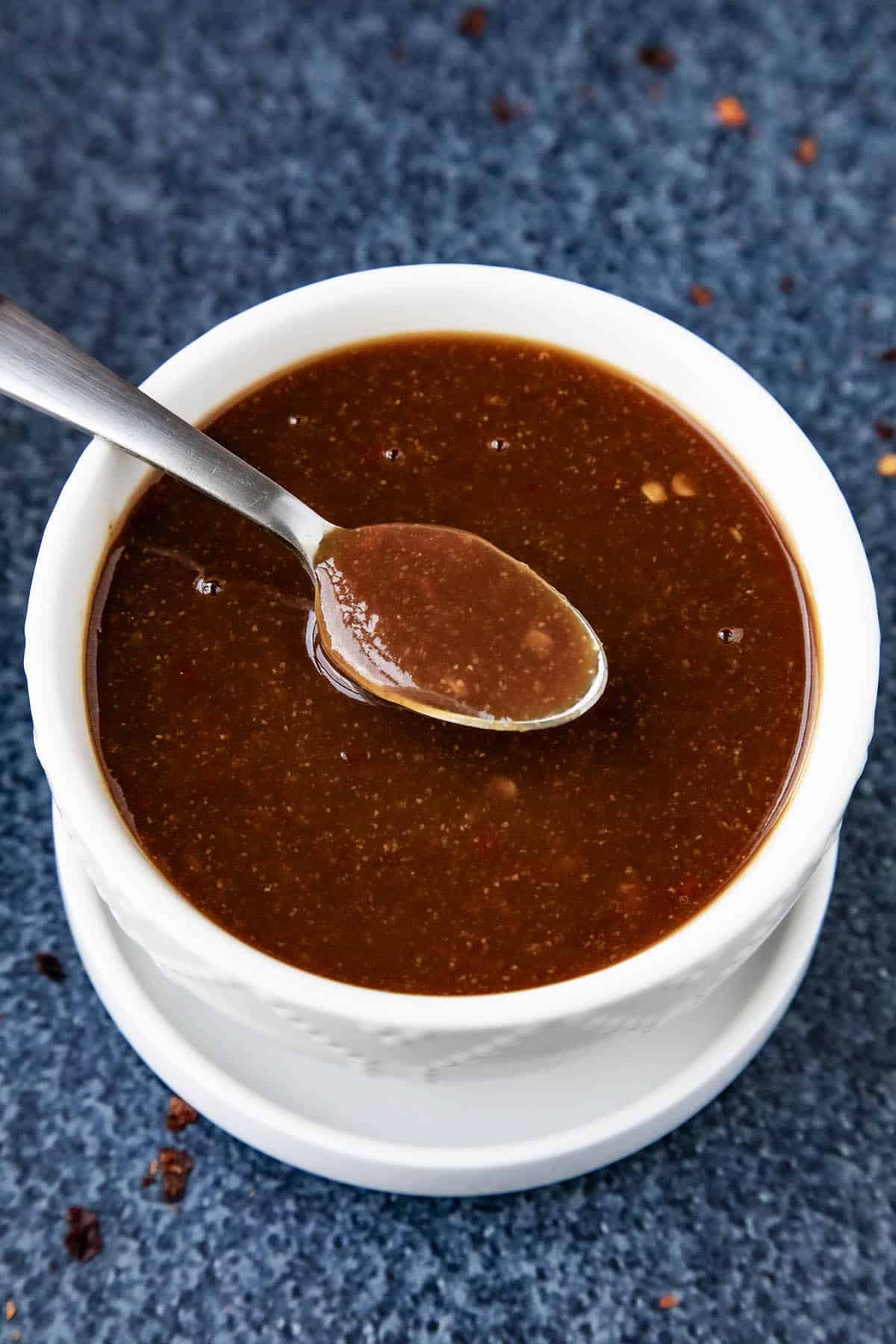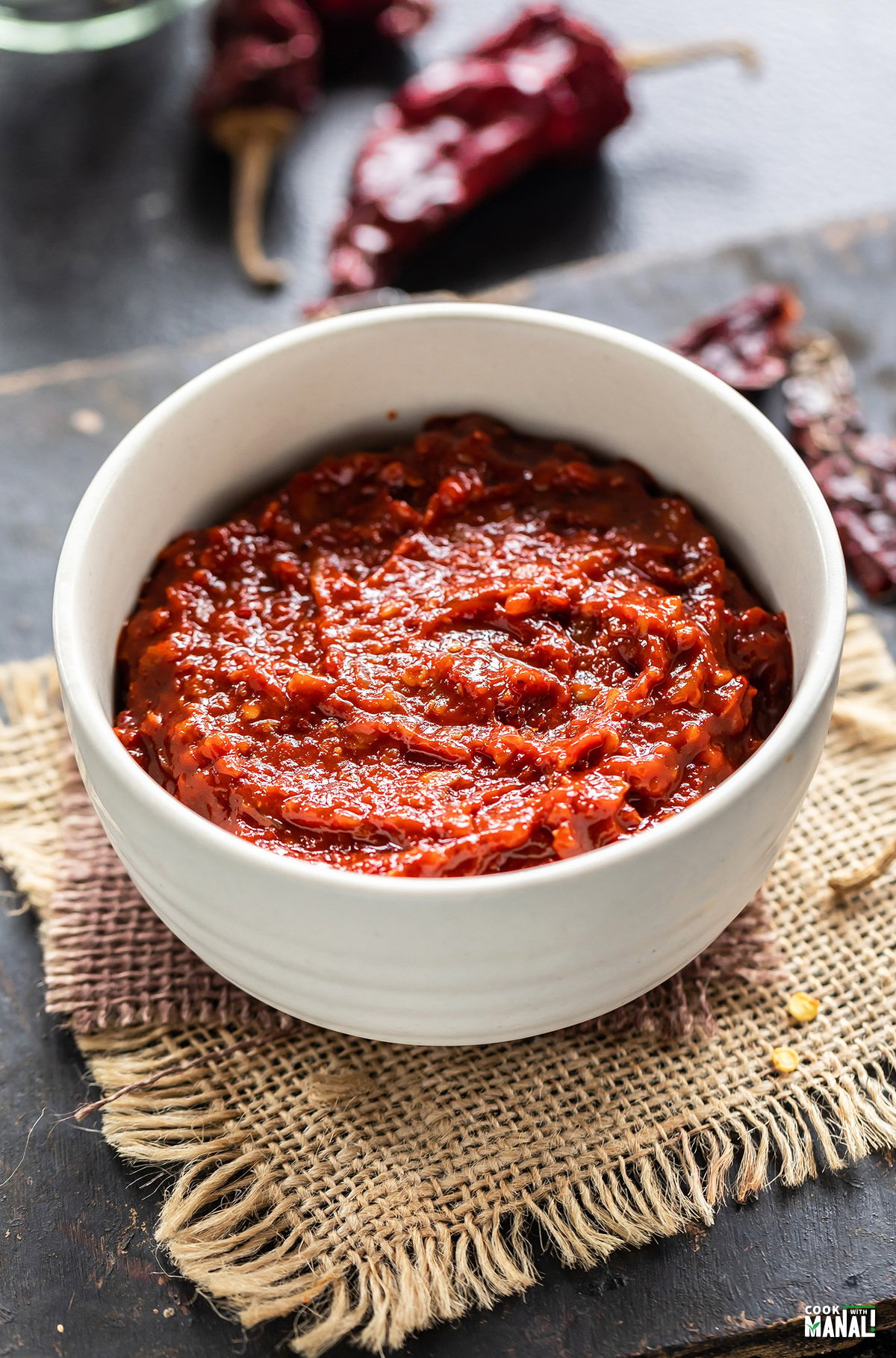Szechuan Sauce - A Flavorful Story
There's a certain kind of flavor that just hits different, isn't there? It’s a taste that brings back memories, sparks conversations, and maybe, just maybe, sends people on a quest. For many, that taste belongs to a particular Szechuan sauce, the one with the dragon on its lid, made in the USA, which has a story that goes far beyond just what you might put on your food. This special concoction, a blend of different elements, has truly captured the hearts and taste buds of a lot of people, so it's almost like a legend in its own right.
This sauce, you know, has a really interesting background. It’s not just a simple condiment; it’s a cultural touchstone, especially for those who remember its first appearance or who have followed its somewhat surprising return. It has a way of showing up in unexpected places, from fast-food menus to animated television shows, leaving a lasting impression wherever it goes. Its journey, you might say, is a pretty good example of how a food item can become something much more, a part of popular conversations and shared experiences, actually.
The appeal of this Szechuan sauce seems to come from its unique combination of flavors and the powerful feeling of nostalgia it brings. It’s a sauce that offers a very distinct kind of heat, a sort of tingling sensation that is quite common in certain types of cooking from a specific region. This particular characteristic, along with its rich, savory notes, makes it stand out. It’s also, in a way, a symbol of a moment in time, a reminder of a specific era that many people recall with a fondness, you know.
Table of Contents
- What Makes Szechuan Sauce Special?
- What's In That Szechuan Sauce?
- How Does Szechuan Sauce Feel on the Tongue?
- Beyond the Dipping Bowl - Using Szechuan Sauce
- The Pop Culture Connection with Szechuan Sauce
- The Big Return of Szechuan Sauce
- Can You Make Your Own Szechuan Sauce?
- More Szechuan Sauce Adventures
What Makes Szechuan Sauce Special?
The particular Szechuan sauce we are talking about has a very specific identity. It’s the one that came out with a well-known animated film, featuring a dragon design on its container. This sauce, it was made right here in the United States, which is interesting for a flavor that has roots in a faraway land. Its initial appearance was, for some, a brief but memorable moment, and for others, it became something of a treasured item. It’s sort of like a collector's piece for your taste buds, if that makes sense, in some respects.
The story of this sauce, you see, goes beyond just its initial creation. It became something of a sought-after item, a topic of discussion among fans of both the film and, later on, a certain television program. This kind of attention, you know, is pretty rare for a food item, especially one that was originally meant to be a limited-time offering. It truly became a topic of conversation, a little bit of a mystery for those who missed it the first time around, and a point of pride for those who managed to get their hands on it, actually.
What's In That Szechuan Sauce?
So, what exactly goes into making this sauce? The basic structure starts with a cayenne pepper sauce. This liquid, which is made from red peppers, vinegar, salt, and garlic, gives the sauce its initial kick. Then, water is added to help with the consistency, along with soybean oil, which can give it a smooth feel. These simple things come together to form the foundation, creating a base that is, you know, ready for more flavors to join in.
To really bring out the taste, a little bit of soy sauce is added. It’s important to use the regular kind, not the one with less salt, as that can change the overall flavor profile. Just about two teaspoons of it seems to be the right amount to give it that savory depth. This step is pretty key to getting the right balance, adding a layer of umami that works well with the other components, basically.
Then, there's a rather unique addition: plum sake. About two tablespoons of this sweet rice wine are mixed in. It’s a bit of a special step, as you also drink a little bit of the sake on the side, about three ounces, while you are preparing the sauce. The alcohol from the sake is then boiled off, leaving behind only the rich, fruity essence. This process, you know, gives the sauce a subtle sweetness and a distinct aroma that sets it apart, making it truly one of a kind.
After the sake has been treated, an additional one and a half ounces of plum sake are consumed. This step, it seems, is part of the overall experience of making this particular sauce, tying the process to a bit of a ritual. It’s a small detail, but it adds to the whole story of creating this special condiment. The careful balance of these elements, you know, is what helps to make the sauce what it is, giving it a depth that might surprise you.
How Does Szechuan Sauce Feel on the Tongue?
When this sauce is added to dishes, often right at the very end, it brings a very distinct sensation. It's not just a simple heat; it provides a unique numbing spiciness. This feeling is a very common characteristic in Szechuan cooking, where certain peppers create a tingling, almost buzzing sensation on the tongue and lips. It’s a pretty interesting experience, unlike the sharp burn you might get from other hot sauces, you know.
This particular kind of spiciness is what really makes the sauce stand out. It’s a complex feeling that adds another dimension to the food it touches. The numbing quality, you might say, prepares your mouth for more flavor, allowing you to taste other elements of the dish more clearly, even with the presence of heat. It's a signature of the cooking style it comes from, and this sauce captures that feeling quite well, in a way.
Beyond the Dipping Bowl - Using Szechuan Sauce
This sauce isn't just for dipping your favorite fried chicken pieces. It’s also often used in other dishes, adding its special flavor to various preparations. For example, it’s quite common to make cold shredded chicken with a spicy dressing that includes this type of sauce. The cool chicken combined with the warm, numbing spice creates a really nice contrast, making for a very satisfying meal, actually.
The way it's used at the end of many dishes suggests it's meant to be a finishing touch, something that brings all the flavors together and gives the meal its signature taste. It’s not just an ingredient that gets cooked down; it's a flavor that shines through, providing that very particular numbing spiciness that so many people enjoy. This approach, you know, helps to keep the sauce's unique qualities fresh and vibrant in the dish.
The Pop Culture Connection with Szechuan Sauce
The story of this Szechuan sauce took a truly unexpected turn thanks to a popular animated show. For fans of Justin Roiland and Dan Harmon’s "Rick & Morty," this sauce became a sort of running joke and a symbol of obsession. The show, which has a huge following with millions of subscribers in its online communities, brought this discontinued sauce back into the public eye in a very big way. It’s pretty wild how a cartoon can influence real-world demand like that, you know.
The show's main character, Rick, expresses an almost desperate desire for this particular sauce. He declares it his entire "series arc," saying things like, "I want that Mulan McNugget sauce, Morty. That’s my series arc Morty. If it takes 9 seasons, I want my McNugget dipping sauce Szechuan sauce Morty." This line, you see, resonated deeply with fans, creating a massive wave of interest and a longing for the sauce that had been gone for a long time. It really caught on, basically.
This humorous but intense yearning from the show's character helped to build a lot of excitement around the sauce. It was a clever way to generate interest, linking a discontinued item to a popular cultural moment. The creators of the show, you might say, were given money to make this joke about the sauce, to help create a kind of buzz before it was brought back. It’s a pretty good example of how entertainment can shape consumer desires, in a way.
The Big Return of Szechuan Sauce
Because of all this excitement, a well-known fast-food company made a big announcement. They said they would bring the sauce back, but only for one day. This was a pretty big deal for fans, who had been hoping for its return for a long time. Along with the sauce, they also offered a poster of the Szechuan sauce at certain locations, which added to the collectible nature of the event. People really showed up for it, actually.
The day it came back, fans of the show and the sauce lined up, sometimes for hours, just to get a taste of this legendary condiment. It was a clear sign of how much influence popular culture can have on what people want. The lines were long, and the demand was high, showing that the joke from the show had truly sparked a real-world phenomenon. It was, you know, a pretty wild scene at many of those places.
Can You Make Your Own Szechuan Sauce?
For those who missed out, or who just like to cook at home, there are ways to try and recreate the experience. One suggestion is to try and make a sauce that tastes very much like the one from the fast-food chain. This involves getting a jar of pickled ginger from the store. The ginger itself isn't what's needed, though; it’s the liquid it comes in. You take out the ginger, and then to the liquid that's left, you add soy sauce until it reaches the right taste. This is, you know, a pretty clever way to get started.
The idea here is that these methods are sort of helping you to make your own wok sauce from scratch, quickly and easily. It might not be exactly the same as a wok sauce you can buy already made in a bottle, but it gives you a good starting point. It’s a way to get a similar flavor profile without having to track down the original sauce. It’s about trying to capture that essence, basically, in your own kitchen.
More Szechuan Sauce Adventures
The quest for unique Szechuan flavors doesn't stop with just one sauce. There's also talk of a cumin and Sichuan peppercorn sauce, which sounds pretty interesting. Someone really wanted to make a cumin spiced roast pork again, but they couldn't figure out how to recreate that specific sauce. This shows that the desire for these distinct Szechuan tastes goes beyond just the famous dipping sauce. It’s about exploring a whole range of flavors, you know.
The challenge of recreating these sauces from memory or a brief encounter is a common one for those who appreciate unique culinary experiences. Whether it's the Mulan Szechuan sauce or a special cumin blend, the pursuit of that perfect taste can be a pretty engaging journey. It’s a testament to how deeply food can connect with our memories and desires, making us want to experience those flavors again and again, actually.

Szechuan Sauce - Gimme Some Oven

Szechuan Sauce - Chili Pepper Madness

Schezwan Sauce - Cook With Manali